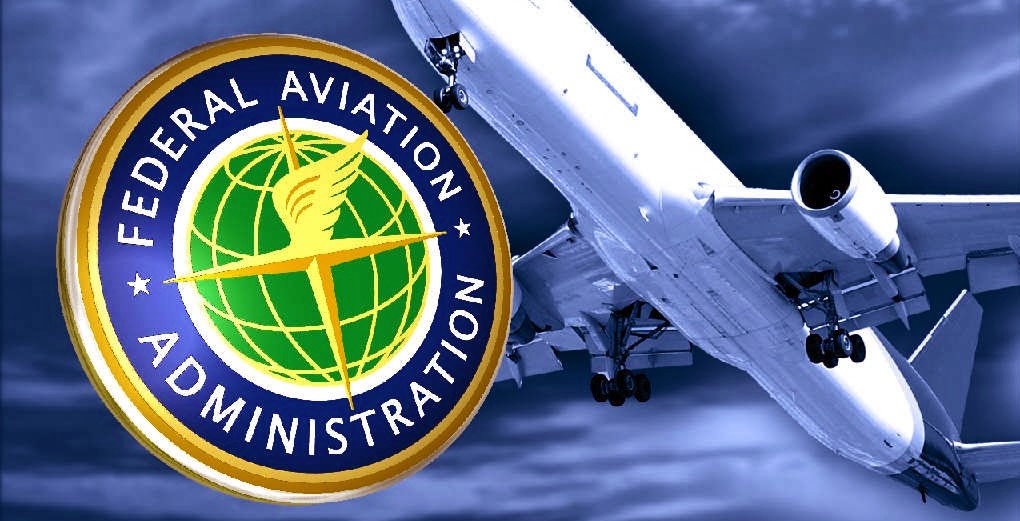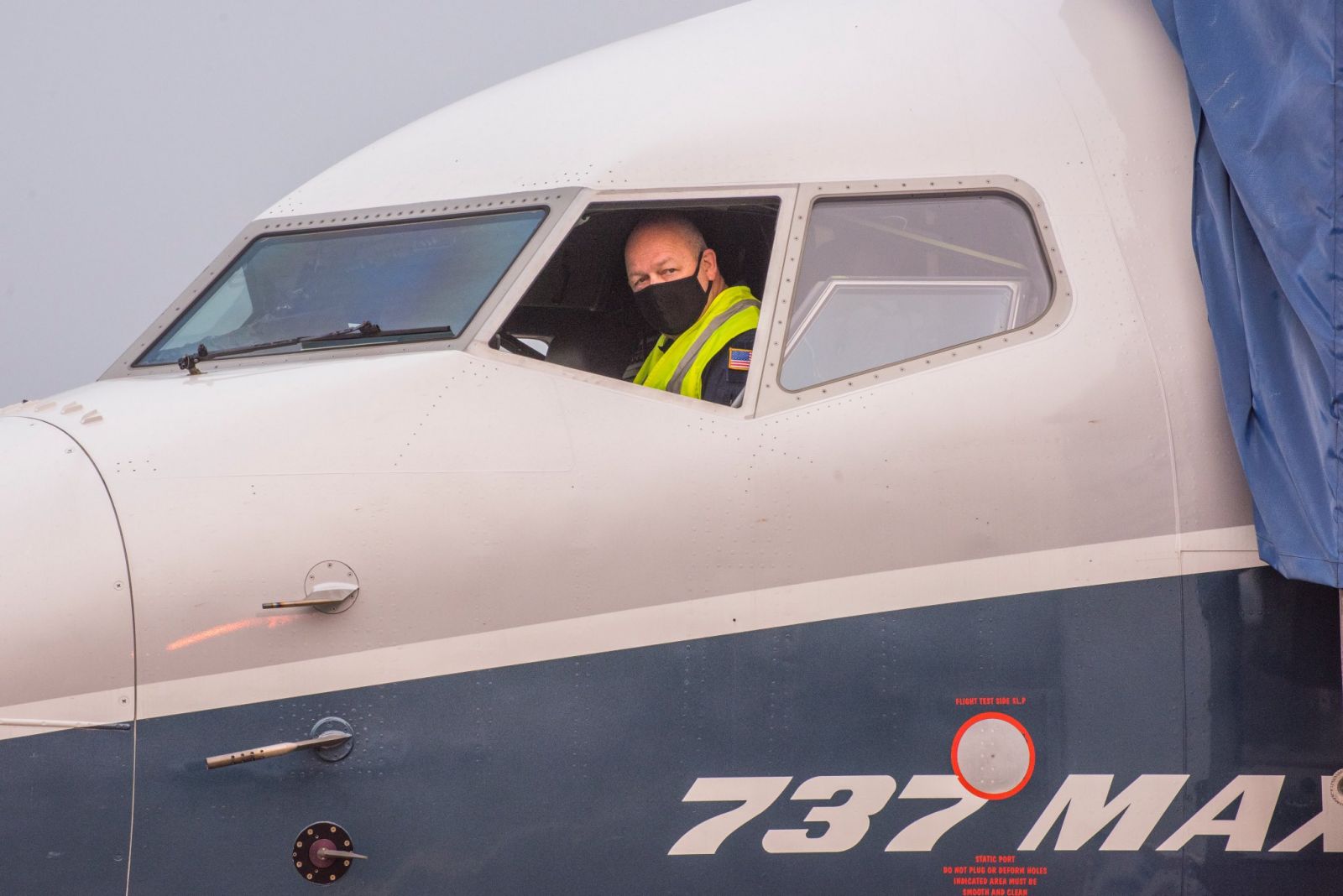


The U.S. Department of Transportation’s Federal Aviation Administration (FAA) has launched an additional way for its engineers, safety inspectors, systems safety specialists and other aviation safety employees to report safety-related issues and concerns.
Information shared and submitted via this new system will be used to validate or verify an aviation safety concern, identify the root cause, and determine the appropriate corrective action. Though, the reporting program’s rules were finalized in February, but it took several months to become operational.
With this channel , thousands of federal engineers, inspectors and other aviation workers have a new channel through which to report safety concerns without fear of retaliation in an action spurred by the two fatal crashes on the Boeing B737 Max.
Infact, 7,400 people working at FAA’s Aviation Safety division can make reports through their unions or individually, and the information will be analyzed for safety trends.
“We can never be satisfied with the status quo when it comes to safety, and the free exchange of vital information is a cornerstone of safety and continual improvement,” FAA Administrator Steve Dickson said in a news release. “We want our employees to know that when they speak up, they can be sure someone is listening.”
The FAA’s action implies its own safety inspectors are receiving the same encouragement to bring concerns to the surface that others in the aviation industry, such as airline pilots, have had for decades. This step aligns with the requirement contained in a sweeping aviation safety law passed by Congress, earlier in December.
Safety concerns were highlighted after twin crashes on the Boeing 737 Max model, happened due to a poorly designed flight-control system-MCAS, that repeatedly tried to dive during Angle of attack probe malfunctions. Unfortunately, the crashes off the coast of Indonesia in October 2018 and in Ethiopia in March 2019 killed 346 people.

While changes to the control system’s design that made it more risky weren’t fully shared with FAA by Boeing, the agency was criticized afterward for poor internal communication and a failure to adequately assess the risks.
Multiple reviews after the crashes concluded that better reporting of internal concerns within FAA might help prevent such lapses in the future.
The new reporting system was endorsed by both the National Air Traffic Controllers Association, which represents FAA engineers who evaluate aircraft designs, and the Professional Aviation Safety Specialists, whose members include various inspectors and other technicians.
“The more we can continue to encourage people to report, the more we can influence the safety in the system,” NATCA President Paul Rinaldi said in the release.
Union-FAA teams will review the reports and recommend corrective action, PASS President Mike Perrone said.
However, these safety reporting systems are not new for aviation industry. Similar programs have been in place at airlines in the name of SMS (Safety Management System) and also with FAA’s air-traffic control operations for years and are credited with providing data on safety trends and unseen risks that have helped reduce crash rates.
The range of employees included under the FAA program include flight-test pilots, safety engineers, inspectors who monitor airlines and aircraft manufacturers, and other technical workers.
